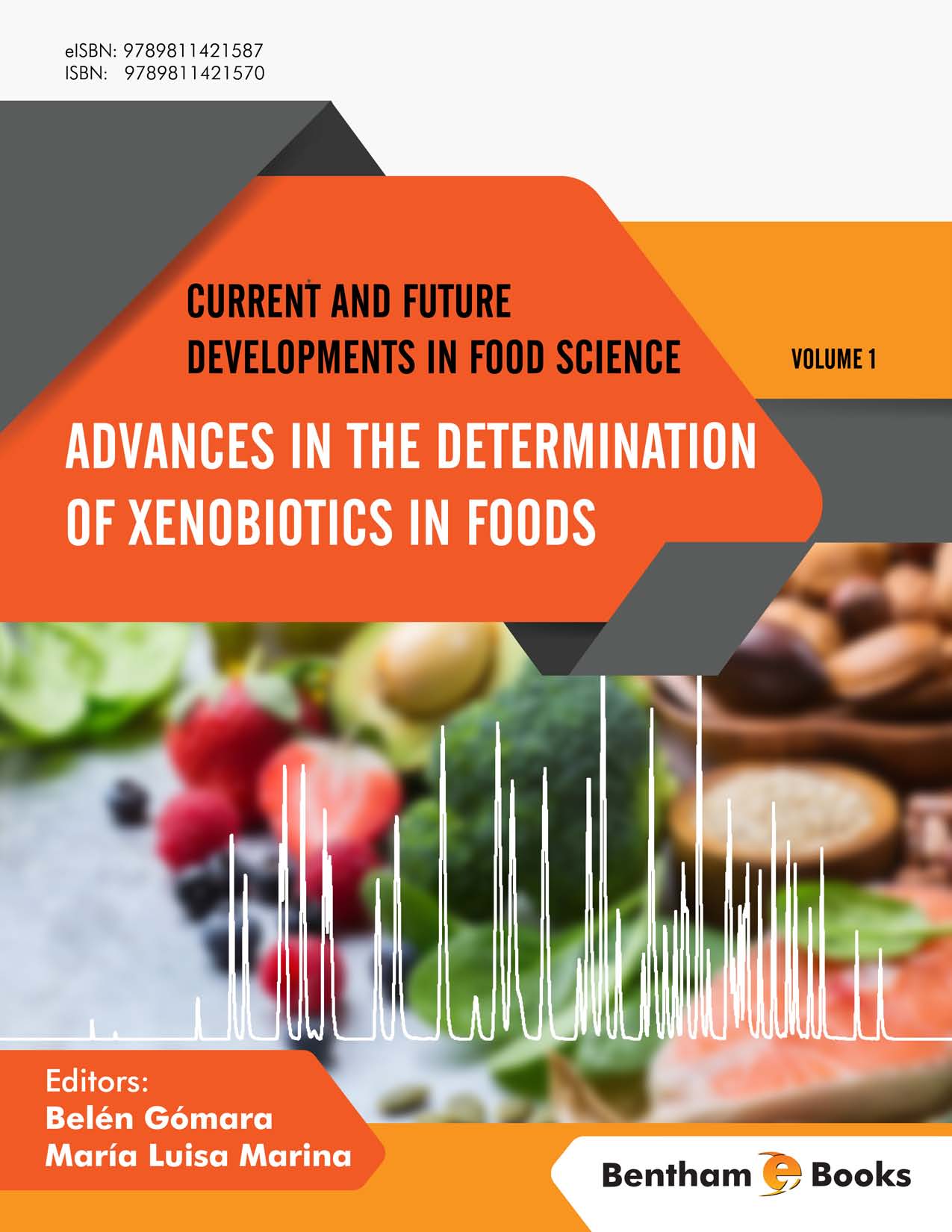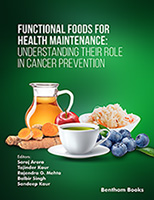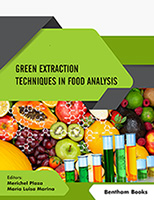Contributors
Editor(s):
Belén Gómara
Institute of General Organic Chemistry (IQOG)
Department of Instrumental Analysis and Environmental Chemistry
Spanish National Research Council (CSIC)
Madrid
Spain
María Luisa Marina
Physical Chemistry and Chemical Engineering
Department of Analytical Chemistry
University of Alcalá Alcalá de Henares (Madrid)
Madrid
Spain
Contributor(s):
Alberto Ritieni
Università di Napoli Federico II, Department of Pharmacy, Via D. Montesano, 49 -
80131 Napoli
Italy
Beatriz Gómez-Gómez
Departamento de Química Analítica. Facultad de Ciencias Químicas. Universidad Complutense de Madrid. 28040. Madrid
Spain
Cristina Nerín
I3A – Aragón Institute of Engineering Research, University of Zaragoza, Calle María de Luna 3
50018 Zaragoza
Spain
Esther Garrido-Gamarro
Food Safety and Quality Officer, Fisheries and Aquaculture, Department, Food and Agriculture Organization of the United Nations (FAO). Viale delle Terme di Caracalla, 00153 Roma RM
Italy
Esteban Abad
Laboratorio de Dioxinas. Departamento de Química Ambiental. IDAEA-CSIC. C/ Jordi Girona, 18-26
08034 Barcelona
Spain
Ethel Eljarrat
Institute of Environmental Assessment and Water Research, Spanish National Research Council (IDAEA-CSIC). C/ Jordi Girona, 18-26
08034 Barcelona
Spain
Filomena Silva
ARAID – Agencia Aragonesa para la Investigación y el Desarollo, Av. de Ranillas 1-D, planta 2ª, oficina B
50018 Zaragoza
Spain
/
Faculty of Veterinary Medicine, University of Zaragoza, Calle de Miguel Servet 177
50013 Zaragoza
Spain
Francisca Holgado
Institute of Food Science, Technology and Nutrition, Spanish National Research Council (ICTAN-CSIC), C/ José Antonio Novais, 10
28040 Madrid
Spain
Francisco J. Morales
Institute of Food Science, Technology and Nutrition, Spanish National Research Council (ICTAN-CSIC), C/ José Antonio Novais, 10
28040 Madrid
Spain
Gianni Sagratini
University of Camerino, School of Pharmacy, Via S. Agostino 1, 62032 Camerino (MC)
Italy
Giovanni Caprioli
University of Camerino, School of Pharmacy, Via S. Agostino 1, 62032 Camerino (MC)
Italy
Jordi Parera
Laboratorio de Dioxinas. Departamento de Química Ambiental. IDAEA-CSIC. C/ Jordi Girona, 18-26
08034 Barcelona
Spain
Kurunthachalam Kannan
Wadsworth Center, New York State Department of Health, and Department of Environmental Health Sciences, University at Albany, State University of New York
Albany, NY 12201
USA
Manuela Ábalos
Laboratorio de Dioxinas. Departamento de Química Ambiental. IDAEA-CSIC. C/ Jordi Girona, 18-26
08034 Barcelona
Spain
Marta Mesías
Institute of Food Science, Technology and Nutrition, Spanish National Research Council (ICTAN-CSIC), C/ José Antonio Novais, 10
28040 Madrid
Spain
Massimo Ricciutelli
University of Camerino, School of Pharmacy, Via S. Agostino 1, 62032 Camerino (MC)
Italy
Òscar Aznar-Alemany
Institute of Environmental Assessment and Water Research, Spanish National Research Council (IDAEA-CSIC). C/ Jordi Girona, 18-26
08034 Barcelona
Spain
Pilar Fernández-Hernando
Departamento de Ciencias Analíticas, Facultad de Ciencias, Universidad Nacional de Educación a Distancia (UNED). Paseo Senda del Rey nº 9
28040, Madrid
Spain
Qian Wu
Wadsworth Center, New York State Department of Health, and Department of Environmental Health Sciences, University at Albany, State University of New York
Albany, NY 12201
USA
Raquel Becerril
I3A – Aragón Institute of Engineering Research, University of Zaragoza, Calle María de Luna 3
50018 Zaragoza
Spain
Rosa Mª Garcinuño-Martínez
Departamento de Ciencias Analíticas, Facultad de Ciencias, Universidad Nacional de Educación a Distancia (UNED). Paseo Senda del Rey nº 9
28040, Madrid
Spain
Sauro Vittori
University of Camerino, School of Pharmacy, Via S. Agostino 1, 62032 Camerino (MC)
Italy
Vicente Andreu
Environmental and Food Safety Research Group of the University of Valencia (SAMA-UV), Desertification Research Center (CIDE), Joint Research Center CSIC-UV-GV, Moncada
Spain
Yolanda Picó
Environmental and Food Safety Research Group of the University of Valencia (SAMA-UV), Desertification Research Center (CIDE), Joint Research Center CSIC-UV-GV, Moncada
Spain
Yelko Rodríguez-Carrasco
University of Valencia, Department of Food Chemistry and Toxicology, Av/ Vicent A. Estellés, s/n 46100 Burjassot,
Valencia
Spain
Yolanda Madrid
Departamento de Química Analítica. Facultad de Ciencias Químicas. Universidad Complutense de Madrid. 28040. Madrid
Spain
Zoyne Pedrero Zayas
CNRS/UNIV PAU & PAYS ADOUR, Institut des Sciences Analytiques et de Physicochimie pour l’Environnement et les Matériaux, UMR 5254, 64000, Pau
France





